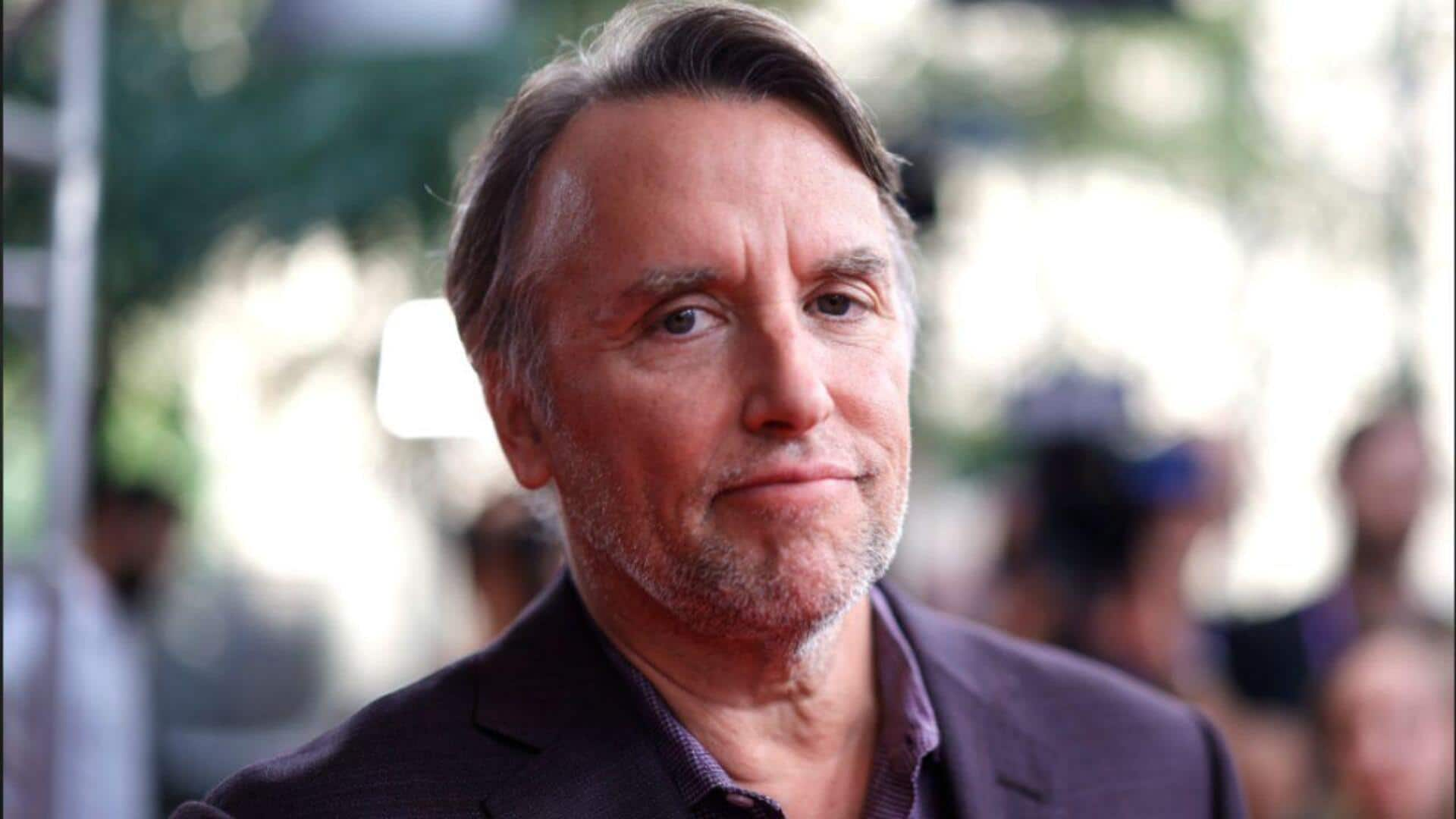
Richard Linklater: The director who makes the mundane extraordinary
What's the story
Hollywood is used to the surrealism of a Tarantino movie, but Richard Linklater has his own way of storytelling. The acclaimed director has a fascination with realism and authenticity, which is why he focuses on the everyday. However, he doesn't make it boring, and by focusing on natural dialogue and the relatability of his characters, he gives us a cinematic experience. Here's how.
#1
'Boyhood' and the passage of time
In Boyhood, Linklater shoots over 12 years with the same actors, giving viewers a glimpse of his characters aging naturally. This unconventional style highlights life's subtle nuances without any major turning points, focusing on how time makes you grow and change. It adds a tinge of reality by capturing the true metamorphosis of people through time.
#2
Natural dialogue in 'Before' trilogy
The Before trilogy is also known for its realistic dialogues that feel like a real-life conversation. Linklater works closely with actors Ethan Hawke and Julie Delpy to write scripts that feel effortless yet impactful. The dialogues are written to portray real human conversations, dealing with topics like love, philosophy, and self-growth. This focus on conversation adds to the realism of the films.
#3
Everyday life in 'Dazed and Confused'
Dazed and Confused captures a day in the life of high school students in the 1970s without going for over-the-top drama or action sequences. But the film revolves around mundane experiences like friendships, parties, and self-discovery. By capturing these relatable moments with such authenticity, Linklater offers a sincere portrayal of adolescence that resonates even decades later.
Tip 4
Long takes for authenticity
Linklater relies heavily on long takes to keep scenes authentic. These shots allow actors to act naturally, with cuts not interrupting the flow. The technique deepens viewer immersion, connecting them more to the characters's onscreen lives. It highlights Linklater's commitment to realism over typical cinematic techniques, enhancing the storytelling experience in his films.